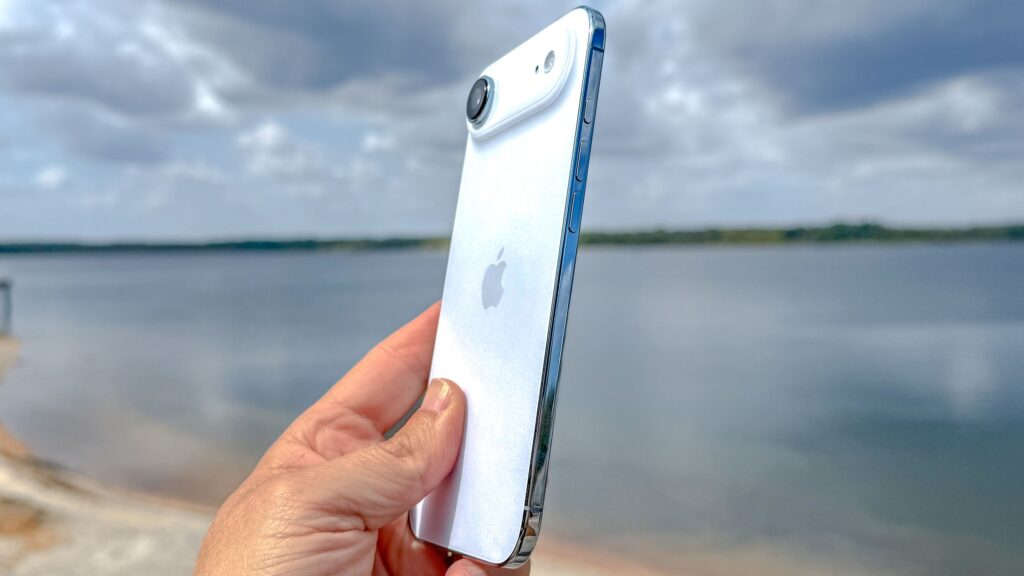There’s a lot to like about the iPhone Air, but there are a lot of trade-offs you need to consider before you pay out the $999 Apple wants you to pay. One of the big issues is that there’s only one camera on the back, with Apple skipping out on the ultrawide and telephoto options. But that might not be the case for the sequel.
Leaker Digital Chat Station claims that Apple is considering adding a second 48MP ultrawide camera lens to the second generation iPhone Air. DCS also claims that the phone will maintain most of the key design features of the original iPhone Air —including the 6.5-inch display, and the lightweight, ultra-thin design. Which isn’t all that surprising, because it wouldn’t be an iPhone Air otherwise.
You may like
The iPhone Air’s main camera does take some excellent photos, as we saw during the testing for our iPhone Air review. But when the overwhelming majority of cameras on the market have at least two camera lenses, including the ultra-thin Samsung Galaxy S25 Edge, the second lens becomes something buyers expect — and not having it puts the iPhone Air at an immediate visual disadvantage.
Other iPhone Air issues Apple needs to address
(Image credit: Tom’s Guide)
Adding an extra camera would go a long way to fixing some of the iPhone Air’s major issues, but there are other flaws that Apple would need to try and solve in future generations of the phone. Battery life is a big one, since Apple’s space-saving measures led to a much smaller battery than we’d normally expect to find in a flagship iPhone.
The iPhone Air’s battery life trails the iPhone 17’s by 45 minutes (12 hours 2 minutes vs 12 hours 47 minutes), and while it’s not terrible, it’s still very disappointing. Apple clearly knew this, and the combination of weak battery life and the lack of fast charging is presumably why it released the iPhone Air-exclusive MagSafe battery.
We also noticed that the iPhone Air could get quite hot during our time with the phone — almost 110 degrees at times. It’s not super hot, but it’s still warm to the touch, and it’s something Apple should try and fix. Heat is effectively wasted energy, so the less heat that can be produced, the more likely we are to see improved battery life. Not to mention the fact that lower temperatures are generally better for long-term phone and battery health.
Considering the iPhone Air isn’t selling that well, the more Apple can do to make the second generation phone more appealing, the better chance it has at keeping the ultra-thin phones around long term. Otherwise, it’s just going to end up being canned like the mini and Plus-sized iPhones that preceded it.
Follow Tom’s Guide on Google News and add us as a preferred source to get our up-to-date news, analysis, and reviews in your feeds.

